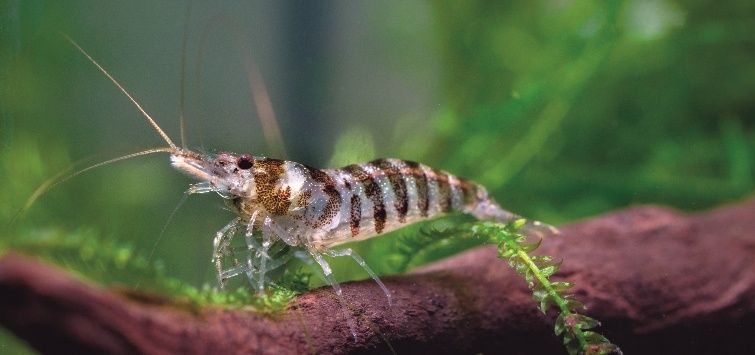Assorted Culled Shrimps (not solid colors)
Meet the Assorted Culled Shrimps — the quirky, colorful cast-offs that didn’t quite make “A-Grade,” but are absolutely adorable and full of personality. These culls are wild colors that originated from solid Neocaridina shrimps, giving them a unique and unpredictable charm. While they may not have perfect, solid colors, they make up for it with variety, character, and a playful presence in your tank. Think of them as the “fun, unpredictable friends” of the shrimp world!
Tank Requirements
- Tank Size: Minimum 20 L (more room = happier, more confident shrimp)
- Temperature: 20–26 °C
- pH: 6.5–7.8
- Water Hardness: 4–12 dGH
- Filtration: Gentle sponge or low-flow filter to keep babies safe
- Substrate & Décor: Dark gravel or shrimp soil to show off their mixed colors; live plants, moss, and driftwood for grazing and hiding
Diet
Assorted Culled Shrimps are omnivorous and low-maintenance eaters:
- Biofilm & algae (they’ll clean your tank like little pros)
- Shrimp pellets or wafers
- Blanched vegetables like zucchini, spinach, or cucumber
- Occasional treats (tiny flakes or protein snacks)
Pro tip: Feed small amounts once a day — they’ll happily graze the rest of the time.
Social Behavior
These shrimp are peaceful and social, thriving in groups of 10 or more. They are perfect for community tanks with small, calm fish such as rasboras, tetras, and snails. Avoid aggressive or large predators that may see them as a snack.
Breeding
Assorted Culled Shrimps breed just like their A-Grade cousins. Females carry eggs for 3–4 weeks, and the tiny shrimplets emerge ready to explore. The variety in their colors makes each new generation unpredictable — a surprise every time!
⭐ Fun Fact
Culled shrimp may be “misfits” in the grading world, but their mixed colors and patterns make each shrimp truly unique. You never know which shades and combinations you’ll get — a living, swimming rainbow! ✨
Reference: Bubbly Fish – creating underwater wonders.

